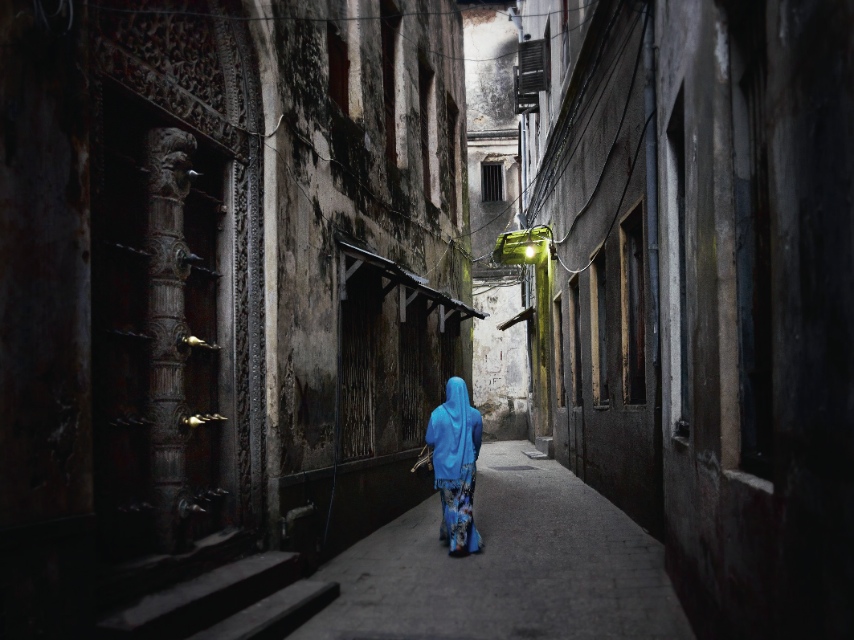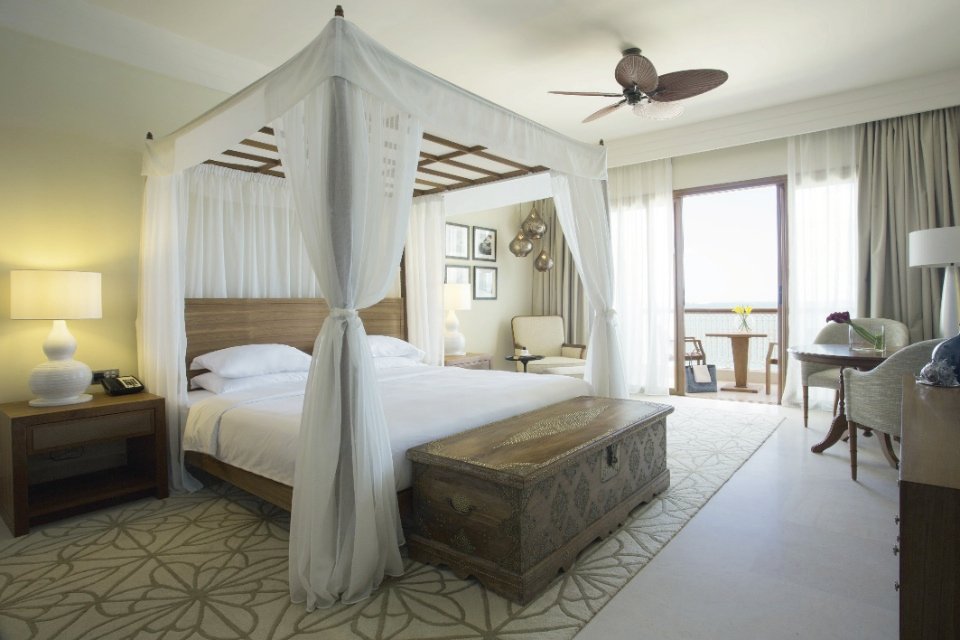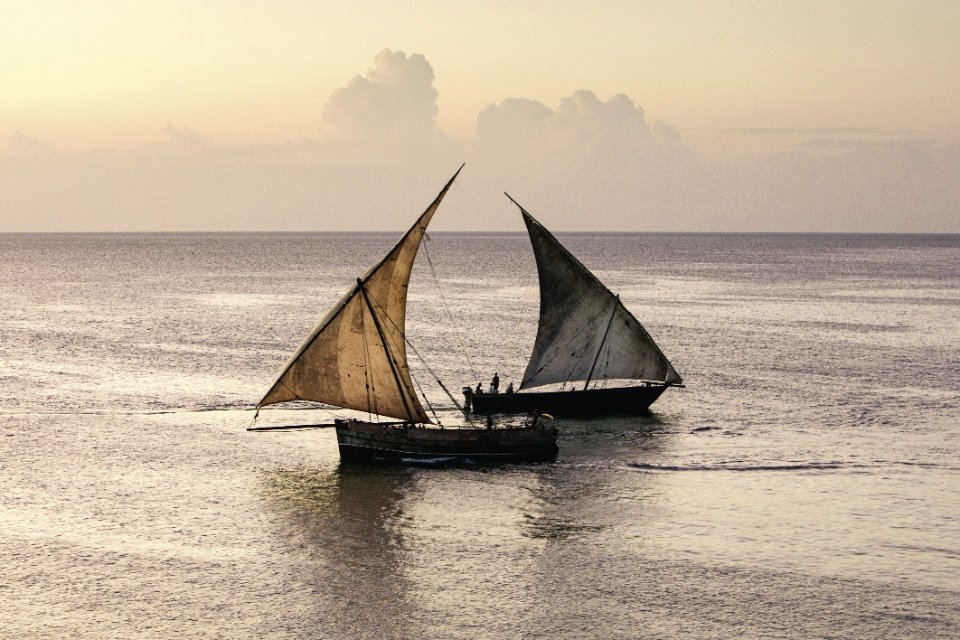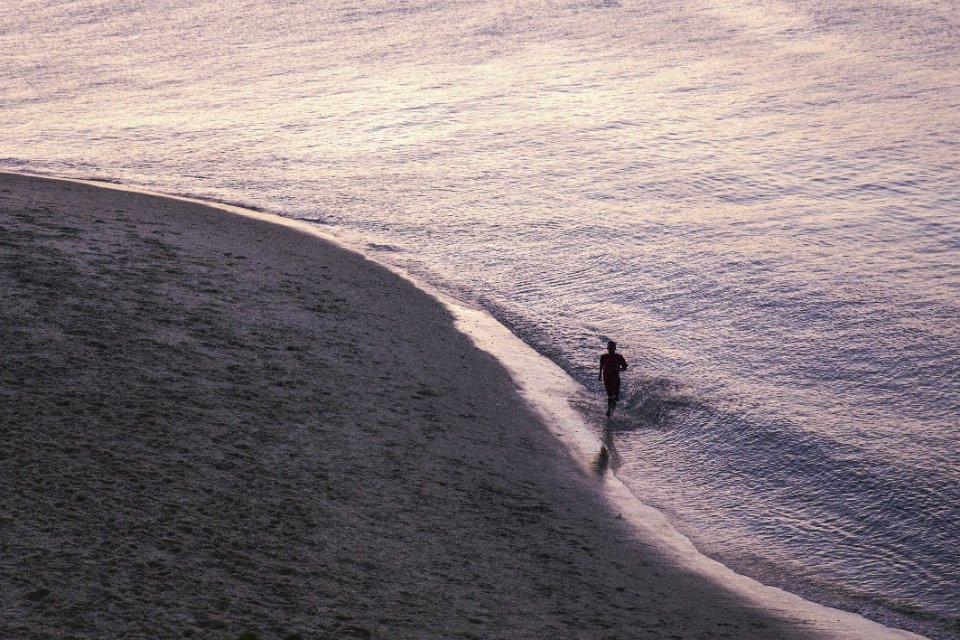Zanzibar for adventurers: Stay in Dr Livingstone’s palace off the East African coast

I wandered into Dr Livingstone’s old quarters in Zanzibar, overlooking the indigo Indian Ocean, where he planned his journey into the dangerous heart of Africa in search of the source of the Nile.
It was an ill-fated trip, and within weeks his assistants had begun to desert him; some even returned to Zanzibar and reported him dead. His journey actually continued for a gruelling six years, where he battled illness and mental anguish.
How he must have pined for this room, with its serene views over the bay. Traditional Arab dhows, their distinctive triangular sails blown by monsoons from the Persian Gulf, glide on mirrored waters, seeking sanctuary in the nearby port.
There, young men test their courage by taking a running jump over the harbour wall to the sea 20ft below, turning triple somersaults in the air. It’s a dangerous game. Several die each year.
Although the rooms are rather plusher now, with four poster beds and marble floors, Livingstone would find much to recognise in the hotel, which occupies the historic Mambo Msiige building, Swahili for “Inimitable Thing”.

Dr Livingstone's former quarters
During the 1850s it was a sentinel of the capital, Stone Town, a gleaming, ice-white, castellated palace that fell into ruin but has been saved from the wrecking ball by an oil-rich Emir.
It has now re-opened as a sprauncy Park Hyatt hotel once again fit for a sheik. Its Moorish windows, carved Arabic doors, intricate Islamic tiles and water-fed courtyards were restored at a cost of a million pounds a room.
Zanzibar, an island ringed with protective coral reef, floats just off the coast of Tanzania. Although just six degrees below the equator, the average year-round temperature is a comfortable 28 degrees. A necklace of talc-soft, caramel sand separates the green hinterland from the empty turquoise waters, which melt on the horizon into cloudless skies.
 Traditional Arab dhows with their distinctive triangular sails
Traditional Arab dhows with their distinctive triangular sails
Mambo Msiige lords it at the entrance to the Souk, a kind of sub-Saharan Marrakesh. It’s a labyrinth of mysterious winding alleys, mansions with intricately latticed balconies – behind which the women of the harem were once hidden – colourful bazaars, and enormous carved doors, studded with delicate calligraphy, formerly the mansions of spice and slave traders.
The island was once ruled with a silver sabre by the Sultan of Oman, who moved his court here from Muscat in the mid 1840s under a British Protectorate after we ousted the Portuguese. He was made fabulously rich by slaves sold to Arabia and spices to India.
The spice plantations on the east coast still thrive, the air around them perfumed by the heavy scent of nutmeg, ginger, cinnamon and lemongrass. The brutal slave trade, mercifully, does not. Before it was abolished, 60,000 slaves a year were sold on the site of what is now the Anglican Cathedral.
I joined the brightly dressed congregation for Sunday morning service; despite the pleasant sound of English hymns being sung in Swahili, I was haunted by the knowledge that where the altar now stands was once a whipping post, a grim fixture that slaves were chained to and lashed to see who was the strongest. Those that didn’t cry out were the most prized.
One velvety night I was guided through the maze of the medina, past the house where pop star Freddie Mercury – born Farrokh Bulsara to Indian parents – lived until he was six, to Emmerson’s, a rooftop restaurant open to the stars. Here we sat like Sultans, cross legged on silk cushions, eating parcels of sweet-spiced delicacies while an Arabic orchestra played and a chanteuse swayed seductively.
There is a simple pleasure in rising at daybreak to walk on deserted sands at Essque Zalu, past the turtle sanctuary, to the fishing village of Nungwi, where you can watch fishermen haul in the night catch of slippery silver tuna and marlin.

A lone jogger on the beach at dawn
The theme is continued at low tide when women in brightly coloured kangas – kimono-like wraps – collect seaweed to be made into creams. There are no jet skis or kite surfers to disturb the peace, just the wash of waves.
Far away in the Medina, the colonnaded, extravagantly balconied House of Wonder, once the tallest building in East Africa at a whopping three storeys (and the first on the continent to have electricity and tap water), looms over the seafront.
It continues to crumble, but classic citadels like this are being restored; no new building is permitted in the souk, which keeps the integrity of this resilient little island intact.
Dr Livingstone did return to the Mambo Msiige for one final visit. A little too final, perhaps. He died after abandoning his search for the source of the Nile, wracked with malaria and dysentery, his body, at 60, no longer able to take the stress.
His mortal remains were stored at the hotel for a night as sailors prepared him for his last great voyage to Westminster Abbey; I like to think he’d have appreciated it.